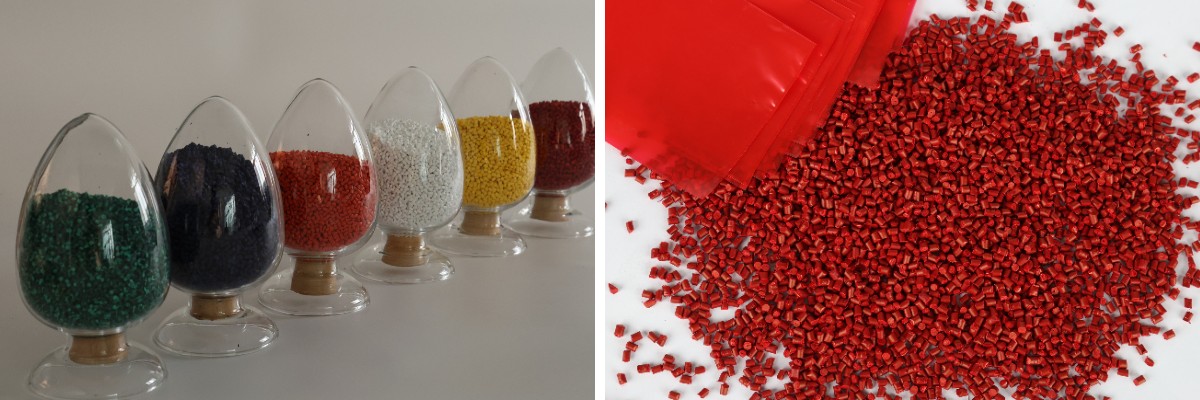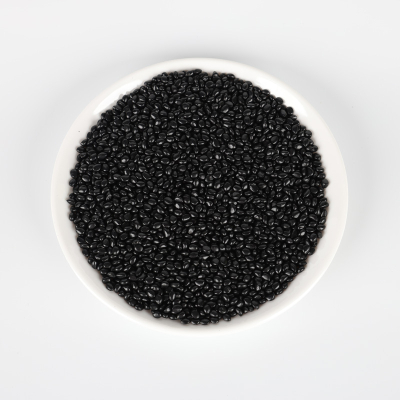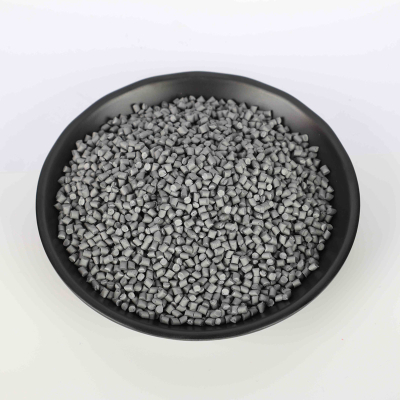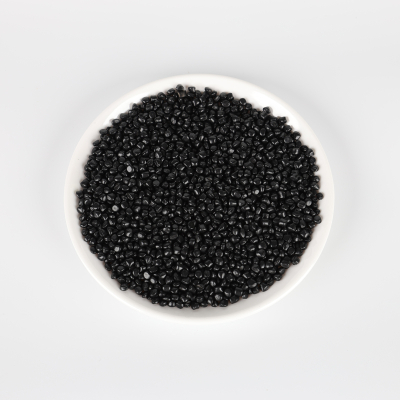What Should Be Precautions For Using Masterbatch?
What Should Be Precautions For Using Masterbatch?
Using masterbatch, a concentrated mixture of pigments or additives used in plastics processing, requires care to ensure safety, efficiency, and product quality. Here are the key precautions to take:
1. Handling and Storage
· Avoid Moisture Exposure: Store masterbatch in a cool, dry place to prevent clumping or degradation due to moisture absorption.
· Seal Containers: Keep containers tightly closed when not in use to avoid contamination and preserve quality.
· Temperature Control: Store at recommended temperatures to prevent softening or melting.
· Label Clearly: Ensure proper labeling to avoid mixing or misuse of different masterbatches.
2. Health and Safety
· Personal Protective Equipment (PPE):
Wear gloves to avoid direct skin contact.
Use safety goggles to protect eyes from dust or particles.
Wear masks in case of fine powders to prevent inhalation.
· Ventilation: Use in well-ventilated areas to prevent the accumulation of fumes during processing.
· Material Safety Data Sheet (MSDS): Familiarize yourself with the MSDS for the specific masterbatch to understand potential hazards and first aid measures.
3. During Processing
· Pre-Drying: If required, pre-dry the masterbatch to remove moisture and ensure uniformity in the final product.
· Mixing Ratios: Follow manufacturer recommendations for mixing ratios to avoid issues like uneven coloration or additive performance.
· Temperature Settings: Use the appropriate processing temperature for the polymer and masterbatch to prevent degradation or poor dispersion.
· Avoid Overuse: Using excessive masterbatch can lead to product defects or processing challenges.
4. Equipment Considerations
· Clean Equipment: Ensure all processing equipment is clean to avoid contamination or undesired color mixing.
· Consistent Feed Rate: Use calibrated feeding systems to ensure consistent dosing and uniform results.
· Prevent Clogging: Inspect and maintain feeding mechanisms to avoid blockages during production.
5. Environmental Considerations
· Waste Disposal: Dispose of masterbatch waste according to local environmental regulations.
· Spill Management: Clean up spills promptly to prevent slipping hazards or contamination.
· Recycling: Whenever possible, recycle scrap materials containing masterbatch to minimize waste.
6. Quality Control
· Trial Runs: Conduct small-scale trials to verify the performance and compatibility of the masterbatch with the base polymer.
· Inspection: Regularly inspect finished products for uniformity in color or additive distribution.
By adhering to these precautions, you can maximize the benefits of using masterbatch while ensuring safety and maintaining product quality.






